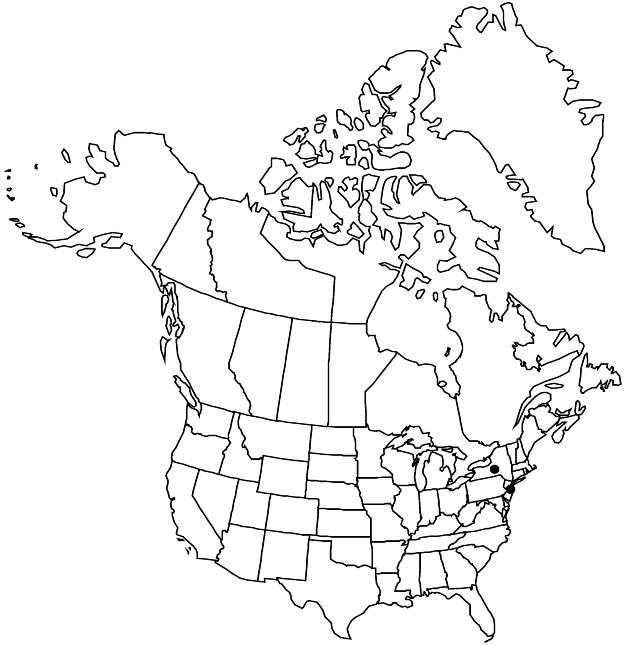Acalypha australis
Sp. Pl. 2: 1004. 1753.
Herbs, annual, 3–6 dm, monoecious. Stems erect, densely to sparsely pilose. Leaves: petiole 0.5–4 cm; blade ovate to broadly lanceolate, 2–8 × 1.5–4 cm, base cuneate to obtuse, margins serrate, apex acute to short-acuminate. Inflorescences bisexual, axillary; peduncle 0.5–4(–6) cm, pistillate portion 1–2 × 1.5–2.5 cm or pistillate bract solitary, staminate portion 0.5–3 cm; allomorphic pistillate flowers rare, when present replacing staminate part of inflorescence. Pistillate bracts (normal flowers) loosely arranged (inflorescence axis visible between bracts) or solitary, 10–15(–20) × 8–12 mm, abaxial surface sparsely pubescent; lobes 12–15, rounded, 1/20 bract length; of allomorphic flowers absent. Pedicels of allomorphic flowers rudimentary. Pistillate flowers: pistil 3-carpellate (normal flowers), 2-carpellate (allomorphic flowers); styles multifid or laciniate. Capsules muricate, pubescent; allomorphic fruits obovoid, 2 × 1.2 mm, muricate, pubescent. Seeds 1.5–1.8 mm, minutely pitted.
Phenology: Flowering and fruiting late summer–fall.
Habitat: Disturbed areas.
Elevation: 0–20 m.
Distribution

N.J., N.Y., Asia (China, Japan, Korea, Taiwan), Pacific Islands (Philippines).
Discussion
Acalypha australis, native to eastern Asia, became established in metropolitan New York City in the 1980s. It was also collected once in 1900 in Oregon (Suksdorf 2892, GH), and apparently has not persisted there.
Selected References
None.